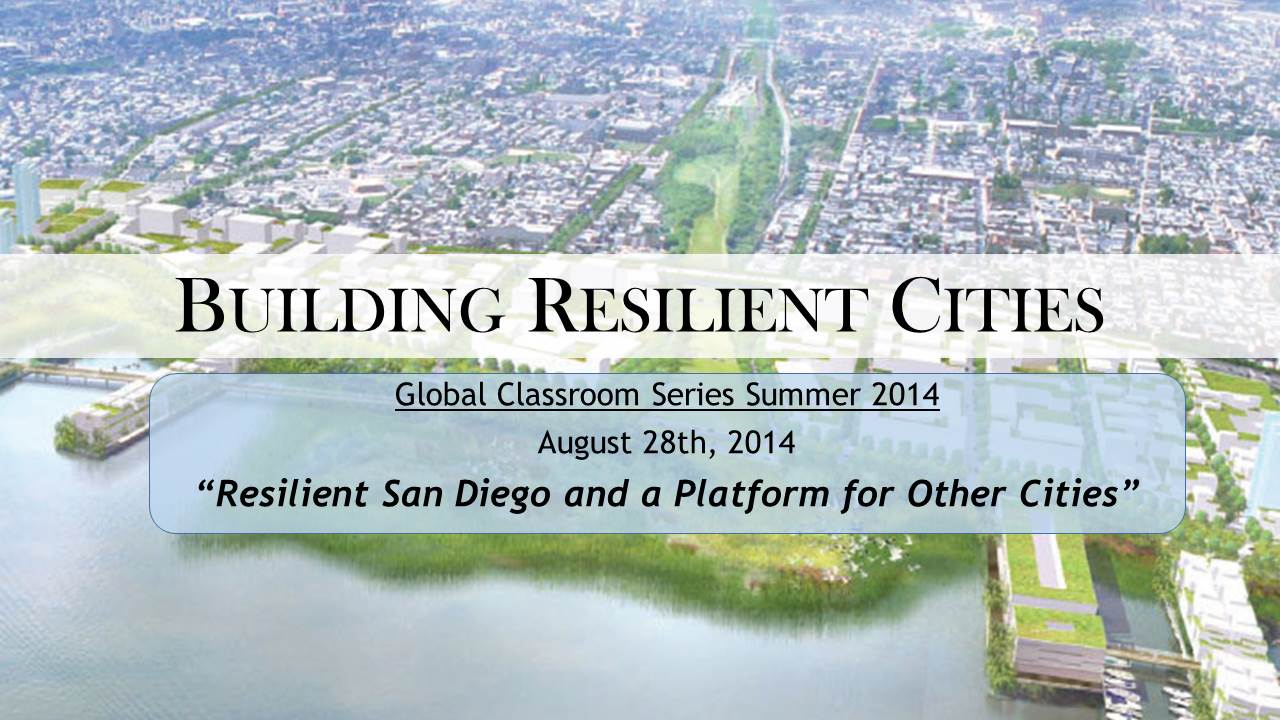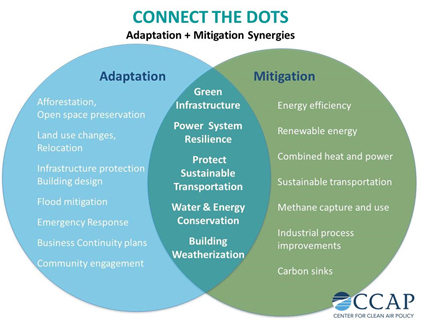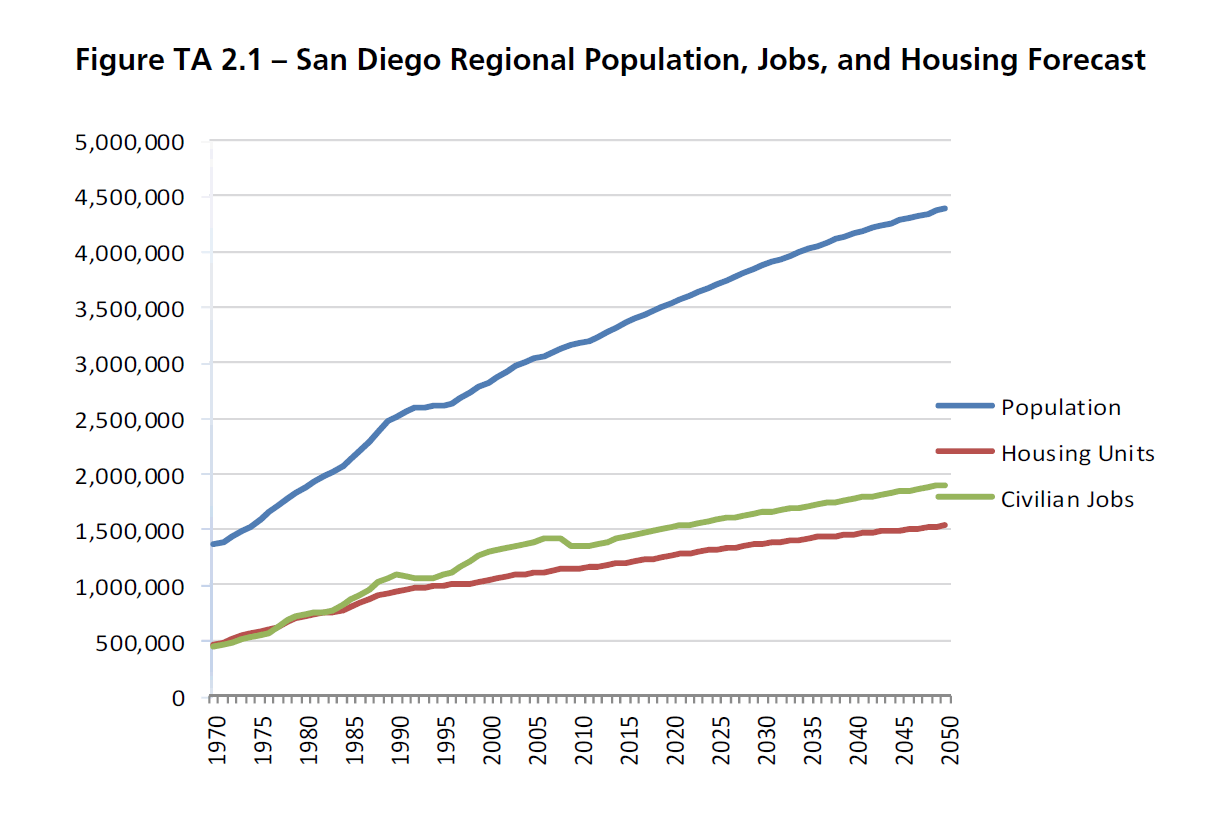Resilient
 For the past decade, the concept of “sustainability” has dominated climate change conversation around the world. Sustainable development, which aims to meet present needs without sacrificing future well-being, has been an appropriate focus toward the threats that climate change and natural resource depletion pose to our society. However, sustainability is not strong enough, or resilient enough, to stand alone. Global climate change is no longer an event to anticipate and plan for; it is a
For the past decade, the concept of “sustainability” has dominated climate change conversation around the world. Sustainable development, which aims to meet present needs without sacrificing future well-being, has been an appropriate focus toward the threats that climate change and natural resource depletion pose to our society. However, sustainability is not strong enough, or resilient enough, to stand alone. Global climate change is no longer an event to anticipate and plan for; it is a
reality that challenges us today.The scientific consensus on climate change leaves little room to dispute its validity. According to the National Aeronautics and Space Administration (NASA), “ninety-seven percent of climate scientists agree that climate-warming trends over the past century are very likely due to human activities.” In addition, the Intergovernmental Panel on Climate Change (IPCC) stated in its fourth assessment report that “warming of the climate system is unequivocal.” However, San Diegans do not need evidence from scientists across the world to realize the phenomenon that is occurring; the rising frequencies and intensities of droughts and wildfires have been too visible to our community in recent times. While sustainable development serves to mitigate the causes of climate change, it provides insufficient security for San Diego’s health and economy. The formidable presence of climate change in our region requires a response that transcends sustainability. San Diego’s approach to climate change needs to be resilient, as well as sustainable.
 I first discovered resiliency from the Rockefeller Foundation’s “100 Resilient Cities” campaign, but soon learned that the concept is an emerging focus for city planners around the world. Resilience literally means “the ability to become strong, healthy, or successful again after something bad happens.” Climate change will continue to occur since the world is not reducing its greenhouse gas emissions. As a result, our region should expect to experience additional impacts of climate change in the future. San Diego needs to improve the resiliency of its systems to prepare for the future economic, environmental, and social repercussions of climate change. The Rockefeller Foundation recognizes some general aspects of resilience and identifies cities around the world that have already initiated progress toward resiliency.
I first discovered resiliency from the Rockefeller Foundation’s “100 Resilient Cities” campaign, but soon learned that the concept is an emerging focus for city planners around the world. Resilience literally means “the ability to become strong, healthy, or successful again after something bad happens.” Climate change will continue to occur since the world is not reducing its greenhouse gas emissions. As a result, our region should expect to experience additional impacts of climate change in the future. San Diego needs to improve the resiliency of its systems to prepare for the future economic, environmental, and social repercussions of climate change. The Rockefeller Foundation recognizes some general aspects of resilience and identifies cities around the world that have already initiated progress toward resiliency.
San Diego’s water system may face the greatest risk from climate change. Our region has a considerable history of droughts and wildfires; a future with higher temperatures and more sporadic rainfall will extend and intensify the fire and drought season. Due to our inability of utilizing local water sources, we are forced to rely on the San Francisco Bay Delta and the Colorado River for approximately 80% of our water supply. Although we are constructing a desalination plant in Carlsbad, removing salt from seawater is extremely costly and energy intensive. Some of our other options for improving local reliance include recycling waste water, like we do at the North City Water Reclamation Plant, and managing stormwater to prevent pollution and simplify purification processes. The primary methods for advancing the resiliency of San Diego’s water system are enhancing our reliance on local sources and reducing our per capita consumption.
The San Diego Association of Governments (SANDAG) has projected our county’s population to grow by another million people by 2050. San Diego will need to import more energy, produce more energy locally, and improve the efficiency of its energy system to meet the increase in energy demand. One of the greatest challenges that San Diego faces, however, is the complex transition from fossil fuels to renewable energy sources. Reducing San Diego’s dependency on fossil fuels can significantly reduce industrial and residential greenhouse gas emissions, as well as stimulate our region’s resiliency by improving energy security, creating jobs, and developing our clean tech industry.
 Building resilient water and energy systems are just two of the issues that San Diego needs to address in the face of climate change. This summer, at the Global Energy Network Institute (GENI), I have had the privilege of working with fellow college interns to conduct research on how San Diego can continue to develop its transportation and transit, food and agriculture, waste, and health services. Although climate risks and population growth are the primary motivators for resilient development, one significant barrier for resiliency in San Diego has become apparent:
Building resilient water and energy systems are just two of the issues that San Diego needs to address in the face of climate change. This summer, at the Global Energy Network Institute (GENI), I have had the privilege of working with fellow college interns to conduct research on how San Diego can continue to develop its transportation and transit, food and agriculture, waste, and health services. Although climate risks and population growth are the primary motivators for resilient development, one significant barrier for resiliency in San Diego has become apparent:
Increases in energy production and economic output are typically associated with proportional increases in greenhouse gas emissions. This reality, coupled with the projected growth in San Diego’s population, poses a daunting obstacle to reducing our region’s greenhouse gas emissions. The lack of economic incentives for transitioning to renewable energy sources makes it difficult for city planners to develop sustainably, much less resiliently. Most renewable energy sources are still not as efficient as fossil fuels, and the upfront capital investments that they require further deter city planners from their integration.
Although San Diego has taken progressive measures toward researching and developing a resiliency plan, there is work to be done. San Diego has collaborated with consulting and engineering experts to produce several climate action plans, but many resilient policies are yet to be implemented. The global transition from natural resource depletion and carbon emissions to renewable energy and sustainable economies may be the defining issue of our generation. San Diego cannot afford to leave this challenge unanswered. We will pay the price of climate change sooner or later and postponing our decisions only increases the cost. We need to plan now, adapt our strategies, think long-term and develop a resilient San Diego for the future.
